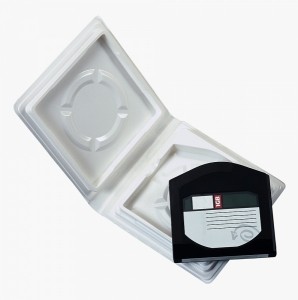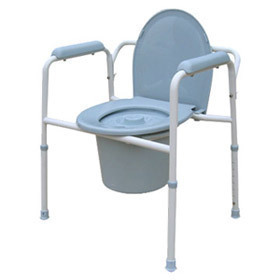What is the Size of a Gigabyte?
A gigabyte is unit of digital information storage. It represents how much space is required to store data you create using a computer. It is in fact a multiple of a byte and is used to represent larger quantities of data to be stored or transmitted. Its unit symbol is either Gbyte or simply GB. Understanding its size will require looking into the smaller units of data storage that computers use.
The Basics
Every document you create or picture you save will take up a certain amount of space on your computer’s hard drive. This also occurs when you burn video, pictures, or music onto a digital disk like a CD or DVD, or save your files onto a USB flash drive or a SD card. Your files will eventually take up space starting from a few hundred bytes until they eventually accumulate into megabytes and other larger units of information storage.
The smallest unit of data storage used by your computer is called a bit. It is binary in nature, which means it can only contain zeros or ones or alternatively yes or no if you’re dealing with logical values instead of numeric ones.
 Next step up is a byte, which is the equivalent of eight bits. A byte is equivalent to a letter or symbol you see on your computer screen. A group of ten bytes is used to represent a word and a group of a hundred bytes would be the equivalent of a sentence that an average person constructs.
Next step up is a byte, which is the equivalent of eight bits. A byte is equivalent to a letter or symbol you see on your computer screen. A group of ten bytes is used to represent a word and a group of a hundred bytes would be the equivalent of a sentence that an average person constructs.
Now comes a bit of controversy when it comes to units of data storage in computers. You will often hear that a kilobyte is 1,000 bytes. However, the truth is that it is only an approximate number of bytes in a kilobyte. Technically speaking, a kilobyte is 1,024 bytes, which is two raised to the 10th power.
Next you have a megabyte, which is approximately 1,000 kilobytes and then you have a gigabyte, which is approximately 1,000 megabytes, or 1,024 megabytes to be exact. Starting around 2001 hard drives have been manufactured in terms of gigabytes stepping up from drives that are several hundred megabytes in data storage capacity.
Concrete Examples
Sometimes, you can better understand how much information data storage you have when you equate it to things you are already familiar with. We can equate a gigabyte to paper that can be loaded on the back of pickup. 2 GB of data is the equivalent of about 20 yards of books placed on a shelf.
20 GB of data is enough to store the entire collection of Beethoven’s works. 50 GB of data is the equivalent of an entire floor of books in a library. With concrete examples you can get the picture of how much information you can store in several gigabytes of data storage.





